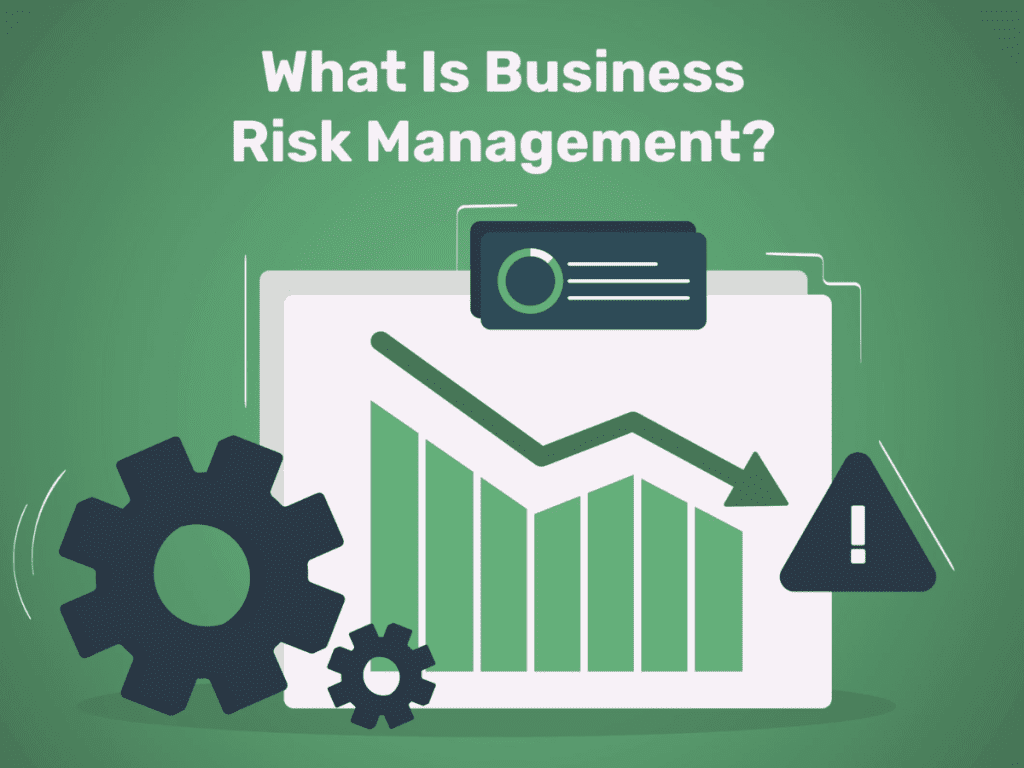Introduction
Running a business comes with many responsibilities, and ensuring the safety and well-being of your employees is one of the most critical. Workers’ compensation insurance is a vital tool for businesses, offering financial protection and peace of mind in the event of workplace injuries or illnesses. Not only does it safeguard your employees, but it also protects your business from potential legal and financial repercussions.
This comprehensive guide will explain how workers’ compensation insurance works, why it’s essential, and how it benefits both your business and employees.
What is Workers’ Compensation Insurance?
Workers’ compensation insurance is a type of coverage designed to provide financial assistance to employees who suffer work-related injuries or illnesses. It covers medical expenses, rehabilitation costs, and lost wages, ensuring that employees can recover without undue financial stress. In exchange, employees typically relinquish the right to sue their employer for negligence.
Legal Requirements for Workers’ Compensation
In most states, workers’ compensation insurance is mandatory for businesses with employees. The specific requirements vary depending on factors such as:
- Business Size: Some states exempt very small businesses with only a few employees.
- Industry: High-risk industries, like construction, often have stricter requirements.
- State Laws: Regulations differ by state, so it’s essential to understand your local laws.
Failure to comply with workers’ compensation laws can result in severe penalties, including fines, business closures, and legal action.
Benefits of Workers’ Compensation Insurance for Employees
Workers’ compensation insurance offers several critical benefits to employees, ensuring they are supported during challenging times:
- Medical Coverage:
- Covers the cost of medical treatments, hospital stays, surgeries, and medications related to workplace injuries or illnesses.
- Lost Wages Compensation:
- Provides partial wage replacement if an employee is unable to work due to injury or illness.
- Rehabilitation Services:
- Includes physical therapy, vocational training, and other rehabilitation programs to help employees return to work.
- Disability Benefits:
- Offers compensation for temporary or permanent disabilities resulting from workplace injuries.
- Death Benefits:
- Provides financial assistance to the family of an employee who dies due to a work-related incident, covering funeral expenses and ongoing financial support.
Benefits of Workers’ Compensation Insurance for Businesses
Workers’ compensation insurance is not just beneficial for employees—it’s a critical safeguard for businesses as well:
- Legal Protection:
- Reduces the risk of lawsuits by ensuring employees have a guaranteed source of compensation for workplace injuries.
- Financial Stability:
- Covers the costs of workplace injuries, preventing unexpected expenses from disrupting cash flow.
- Improved Employee Morale:
- Demonstrates your commitment to employee safety and well-being, fostering trust and loyalty.
- Regulatory Compliance:
- Helps businesses meet state-mandated requirements, avoiding penalties and legal issues.
- Risk Management:
- Encourages the implementation of safer workplace practices, reducing the likelihood of accidents.
How Workers’ Compensation Insurance Works
Understanding how workers’ compensation insurance operates is essential for both employers and employees:
- Filing a Claim:
- When an employee suffers a work-related injury or illness, they must report it to their employer immediately. The employer then files a claim with their insurance provider.
- Investigation:
- The insurance company investigates the claim to determine its validity, ensuring the injury or illness is work-related.
- Compensation:
- Once approved, the insurance provider covers medical expenses and lost wages according to the policy terms.
- Return to Work:
- Rehabilitation services may be provided to help the employee recover and return to their job.
Industries with Higher Workers’ Compensation Needs
While all businesses benefit from workers’ compensation insurance, certain industries face higher risks and should prioritize robust coverage:
- Construction:
- High-risk activities like heavy machinery operation and working at heights increase the likelihood of accidents.
- Healthcare:
- Employees face risks such as lifting injuries, needle sticks, and exposure to infectious diseases.
- Manufacturing:
- Operating machinery and handling hazardous materials can lead to injuries.
- Transportation:
- Drivers and logistics personnel are at risk of vehicle accidents and repetitive strain injuries.
- Hospitality:
- Slip-and-fall accidents and injuries from repetitive tasks are common in this industry.
Common Misconceptions About Workers’ Compensation Insurance
Despite its importance, there are several misconceptions about workers’ compensation insurance:
- “It’s Only for High-Risk Industries”:
- Even office-based businesses face risks like repetitive strain injuries or slips and falls.
- “Employees Can Sue Anyway”:
- Workers’ compensation laws generally protect employers from lawsuits, except in cases of gross negligence.
- “It’s Too Expensive”:
- The cost of workers’ compensation insurance is far lower than the potential expenses of medical bills, lawsuits, and fines for non-compliance.
- “Only Full-Time Employees Are Covered”:
- Many states require coverage for part-time and seasonal workers as well.
How to Choose the Right Workers’ Compensation Policy
Selecting the right policy involves careful consideration of your business needs and risks:
- Assess Workplace Risks:
- Identify common hazards and evaluate the potential for injuries or illnesses.
- Understand Legal Requirements:
- Research your state’s workers’ compensation laws to ensure compliance.
- Compare Insurance Providers:
- Shop around for policies that offer comprehensive coverage at competitive rates.
- Consider Additional Coverage:
- Some policies offer optional add-ons, such as coverage for legal defense costs or enhanced disability benefits.
- Seek Professional Advice:
- Consult an insurance broker or agent to tailor a policy to your specific needs.
Reducing Workers’ Compensation Claims
Preventing workplace injuries is the best way to minimize claims and keep insurance costs manageable. Here are some strategies:
- Implement Safety Training:
- Educate employees about proper safety protocols and equipment usage.
- Maintain Equipment:
- Regularly inspect and maintain tools, machinery, and vehicles to prevent accidents.
- Create a Safe Work Environment:
- Address hazards such as slippery floors, poor lighting, or faulty wiring.
- Encourage Reporting:
- Foster a culture where employees feel comfortable reporting safety concerns or near-misses.
- Offer Wellness Programs:
- Promote physical and mental health initiatives to reduce workplace stress and injuries.
The Role of Technology in Workers’ Compensation
Advancements in technology are transforming how businesses manage workers’ compensation:
- Wearable Devices:
- Monitor employee movements to identify unsafe practices and prevent injuries.
- Incident Reporting Apps:
- Streamline the reporting process and ensure timely submission of claims.
- Data Analytics:
- Analyze trends in workplace injuries to identify areas for improvement.
- Telemedicine:
- Provide injured employees with access to virtual medical consultations, reducing downtime and costs.
Conclusion
Workers’ compensation insurance is a crucial investment for businesses of all sizes and industries. By providing financial protection and demonstrating a commitment to employee safety, it benefits both employers and their teams. Understanding the coverage options, legal requirements, and benefits can help you choose the right policy for your business.
By prioritizing workplace safety, investing in comprehensive coverage, and leveraging technology, you can minimize risks and create a supportive environment where employees thrive. In doing so, you’ll protect your business from financial strain while fostering a culture of trust and security.

